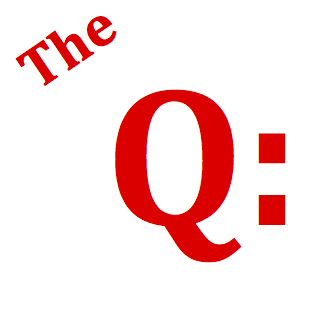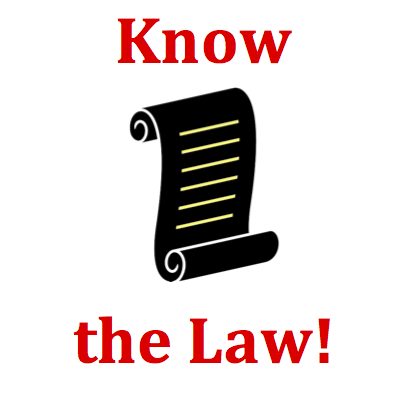Hold down the T key for 3 seconds to activate the audio accessibility mode, at which point you can click the K key to pause and resume audio. Useful for the Check Your Understanding and See Answers.
Mission NL12 Newton's Third Law - Question Group 8 Help

A large truck rear-ends a less massive car at a stop sign. The force of the truck on the car is _____ the force of the car on the truck; the resulting acceleration of the truck is ____ the acceleration of the car.

For every action there is an equal and opposite reaction.

The acceleration of an object as produced by a net force is directly proportional to the magnitude of the net force, in the same direction as the net force, and inversely proportional to the mass of the object.

This question involves a dual application of Newton's second and third laws (stated above). You are asked to compare the magnitude of the forces exerted between a car and a truck (a third law question) and the magnitude of the resulting accelerations of the car and a truck (a second law question).
According to the third law, forces between two interacting objects occur in equal and opposite pairs. The car and the truck push upon each other with equal and opposite forces. According to the second law, the resulting accelerations will depend directly upon the force and inversely upon the mass. Since both car and truck encounter equal forces, it is the mass of the objects which will make their accelerations different. The least massive object has the greater acceleration.
